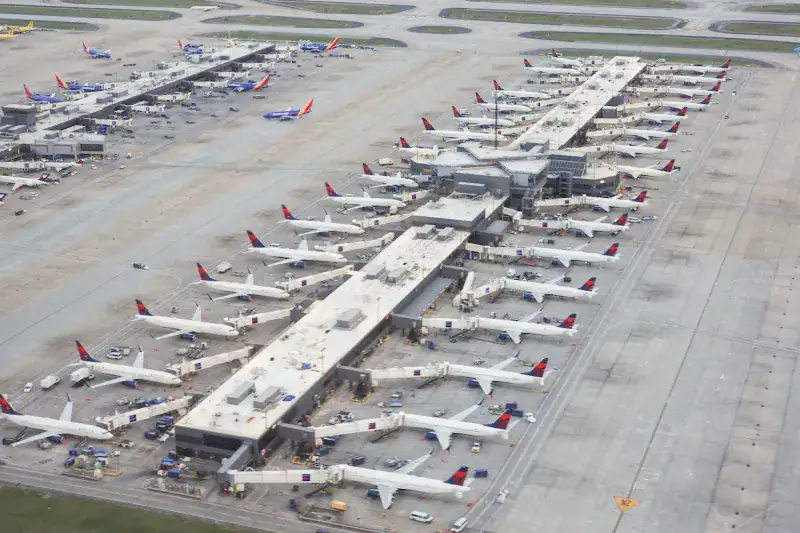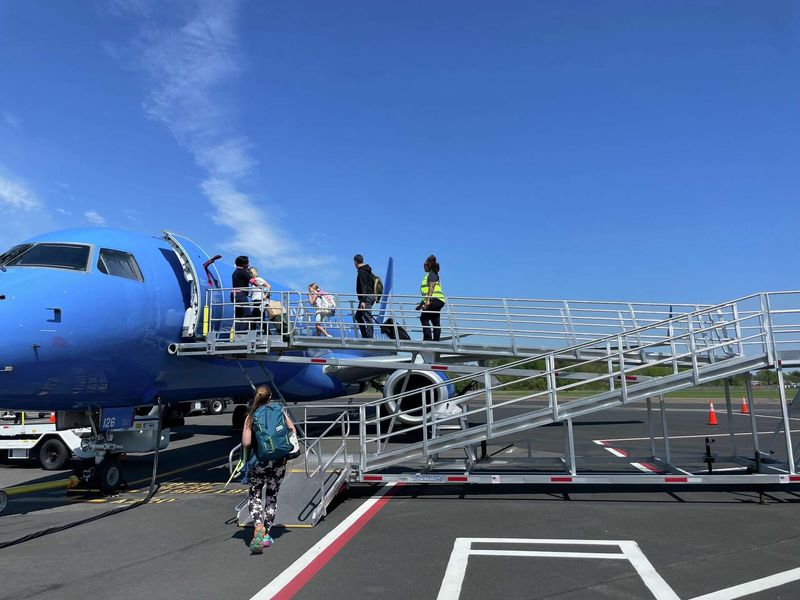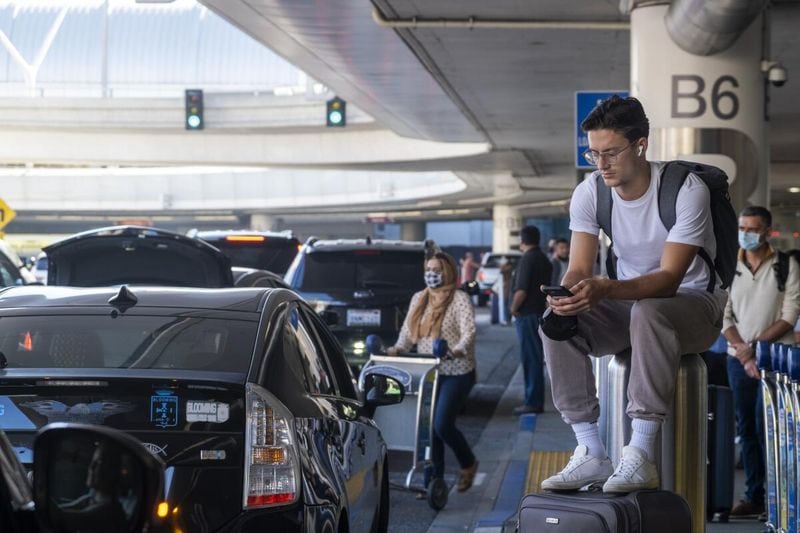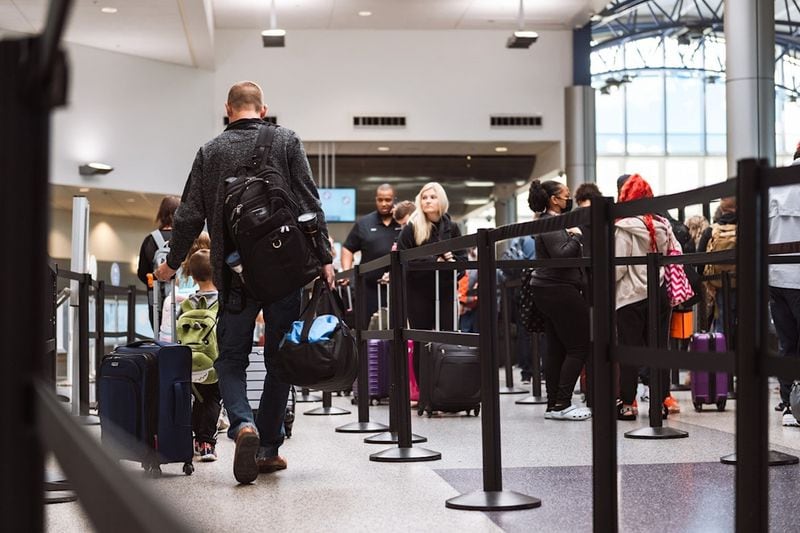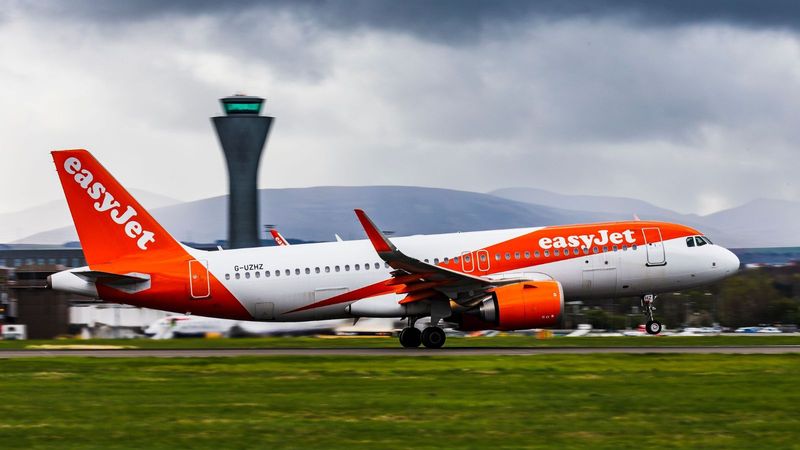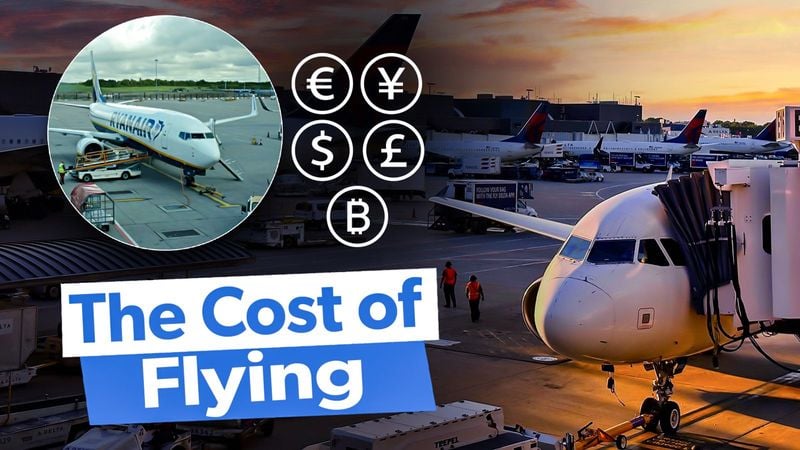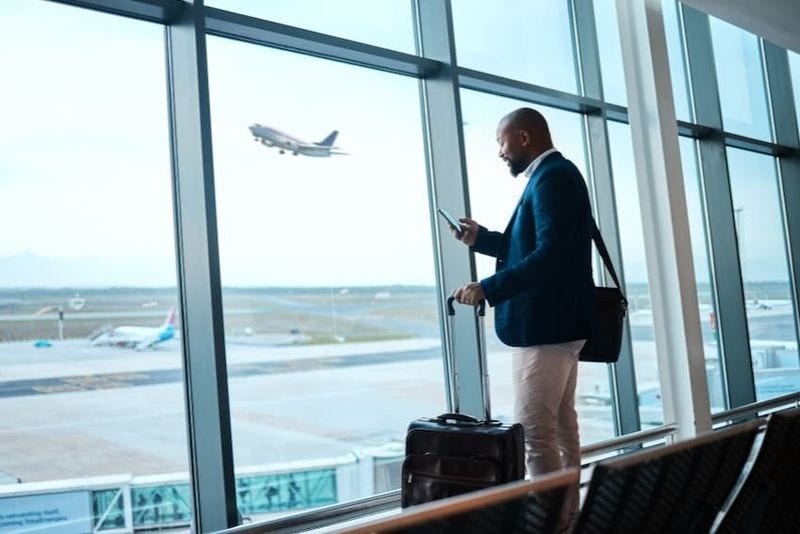Flying can be expensive, but choosing the right airport might save you hundreds of dollars on your next trip. Many travelers automatically book flights from the biggest, most convenient airport without considering smaller alternatives nearby. The truth is that both large hubs and regional airports have unique advantages that can impact your wallet in surprising ways. Understanding these differences will help you make smarter travel decisions and keep more money in your pocket.
1. Ticket Prices Drop When Airlines Battle at Major Hubs
Competition creates magic for your wallet at large airports. Multiple airlines fighting for the same passengers means lower fares, especially on popular routes.
Denver International Airport perfectly demonstrates this principle – flights often cost significantly less than nearby regional options because dozens of carriers compete daily. Major hubs host flash sales, last-minute discounts, and generous rewards programs that smaller airports simply cannot match.
When booking your next flight, compare prices from the biggest airport within driving distance. The savings might surprise you enough to justify the extra travel time to reach that larger terminal.
2. Regional Airports Keep Fees Low to Attract Budget Carriers
Smaller airports often charge airlines lower landing fees, and these savings frequently get passed directly to passengers. Budget carriers like Spirit, Allegiant, and Frontier specifically choose regional airports to keep operational costs down.
Trenton-Mercer Airport in New Jersey exemplifies this strategy, offering flights as low as nineteen dollars each way. These airports understand that attracting low-cost airlines brings steady passenger traffic and revenue.
Research budget carriers serving smaller airports near your destination. The combination of reduced airport fees and airline cost-cutting strategies can create incredibly affordable travel opportunities that major hubs cannot match.
3. Hidden Transportation Costs Can Destroy Small Airport Savings
Your cheap ticket might become expensive once you factor in getting to and from remote airports. Many regional facilities lack public transportation options, forcing travelers to pay premium prices for parking, rental cars, or rideshares.
A thirty-dollar rideshare to a distant small airport quickly erases savings from a discounted ticket. Meanwhile, major airports typically offer buses, trains, and affordable shuttle services that connect directly to city centers.
Calculate total transportation costs before booking. Sometimes paying fifty dollars more for a ticket at a well-connected major hub saves money compared to expensive ground transportation to reach a remote regional airport.
4. Time Savings Equal Money at Efficient Small Airports
Regional airports move passengers through security in about fifteen minutes compared to thirty to forty-five minutes at major hubs. This efficiency translates into real financial benefits beyond mere convenience.
Shorter wait times mean arriving later at the airport, reducing parking fees and meal costs. Business travelers especially benefit since faster processing means less time away from income-generating activities.
Consider your hourly wage when comparing airports. If a small airport saves you two hours of travel time, multiply that by your hourly rate to see the true value. For many professionals, time savings at regional airports provide substantial hidden financial benefits.
5. Direct Flights From Hubs Beat Expensive Regional Connections
Major airports offer direct flights that smaller facilities simply cannot provide. Regional airports often require connections through hubs, adding both time and cost to your journey.
That extra flight leg increases ticket prices substantially while creating opportunities for delays, missed connections, and additional fees. Direct flights from large airports frequently cost less than multi-stop journeys originating from smaller facilities.
Always compare direct flight options from major hubs against connecting flights from regional airports. The convenience and cost savings of non-stop travel often make larger airports the smarter financial choice, despite potentially higher base fares or parking costs.
6. Parking Rates Favor Smaller Airports Significantly
Daily parking at regional airports typically costs ten to fifteen dollars compared to twenty-five to forty dollars at major hubs. These differences add up quickly on longer trips, potentially saving hundreds of dollars.
Central Illinois Regional Airport even offers completely free long-term parking, eliminating this expense entirely. Many smaller airports provide similar perks to attract passengers who might otherwise choose larger facilities.
For week-long trips, parking savings at regional airports can offset higher ticket prices. Calculate parking costs for your entire trip duration when comparing airport options. Sometimes the smaller airport becomes cheaper once you factor in these substantial parking savings.
7. Budget Airlines Choose Secondary Airports for Maximum Savings
Ultra-low-cost carriers deliberately operate from smaller airports to minimize expenses and offer rock-bottom fares. These airlines understand that passengers will travel farther for significant savings.
European travelers know this strategy well – Ryanair built its business model around secondary airports, offering fares that traditional carriers cannot match. American equivalents like Allegiant follow identical strategies at regional facilities.
Research which budget airlines serve smaller airports near your destination. If your schedule allows flexibility and you prioritize savings over convenience, these carriers can provide unbeatable deals that make the extra travel time worthwhile for budget-conscious travelers.
8. Flight Flexibility Costs More at Limited Regional Airports
Major hubs typically offer multiple daily flights to popular destinations, while regional airports might have only one or two options. This limitation becomes expensive when travel plans change unexpectedly.
Missing your only daily flight from a small airport often means expensive rebooking fees, overnight hotel costs, or switching to a major hub at premium prices. Large airports provide backup options that minimize these financial penalties.
Business travelers and those with tight schedules should factor flexibility costs into airport comparisons. The peace of mind and financial protection offered by multiple daily flight options at major hubs often justify higher initial ticket prices or parking fees.
9. Research Confirms Major Airports Usually Win on Price
Studies consistently show that large hub airports offer lower average ticket prices than regional alternatives. This advantage stems from competition, route density, and operational efficiencies that smaller airports cannot achieve.
However, exceptions exist when budget carriers serve regional airports with specific route focuses. The key lies in comparing total travel costs rather than just ticket prices alone.
Use flight comparison websites to analyze fares from all nearby airports simultaneously. Include parking, transportation, and time costs in your calculations. While major hubs typically win on ticket prices, your specific situation might favor a regional airport with unique advantages or route options.
10. Calculate Total Trip Costs Before Making Your Final Decision
Smart travelers consider every expense when choosing airports, not just ticket prices. Parking, transportation, food, and time all contribute to your total travel investment and should influence your decision.
Create a simple spreadsheet comparing all costs for each airport option. Include round-trip transportation, parking for your entire trip duration, potential meal costs from longer travel times, and missed work hours.
The cheapest ticket rarely equals the cheapest trip. Sometimes paying more upfront at a convenient major hub saves money overall through reduced parking, transportation, and time costs. Make informed decisions by analyzing complete financial pictures rather than focusing solely on advertised fares.

